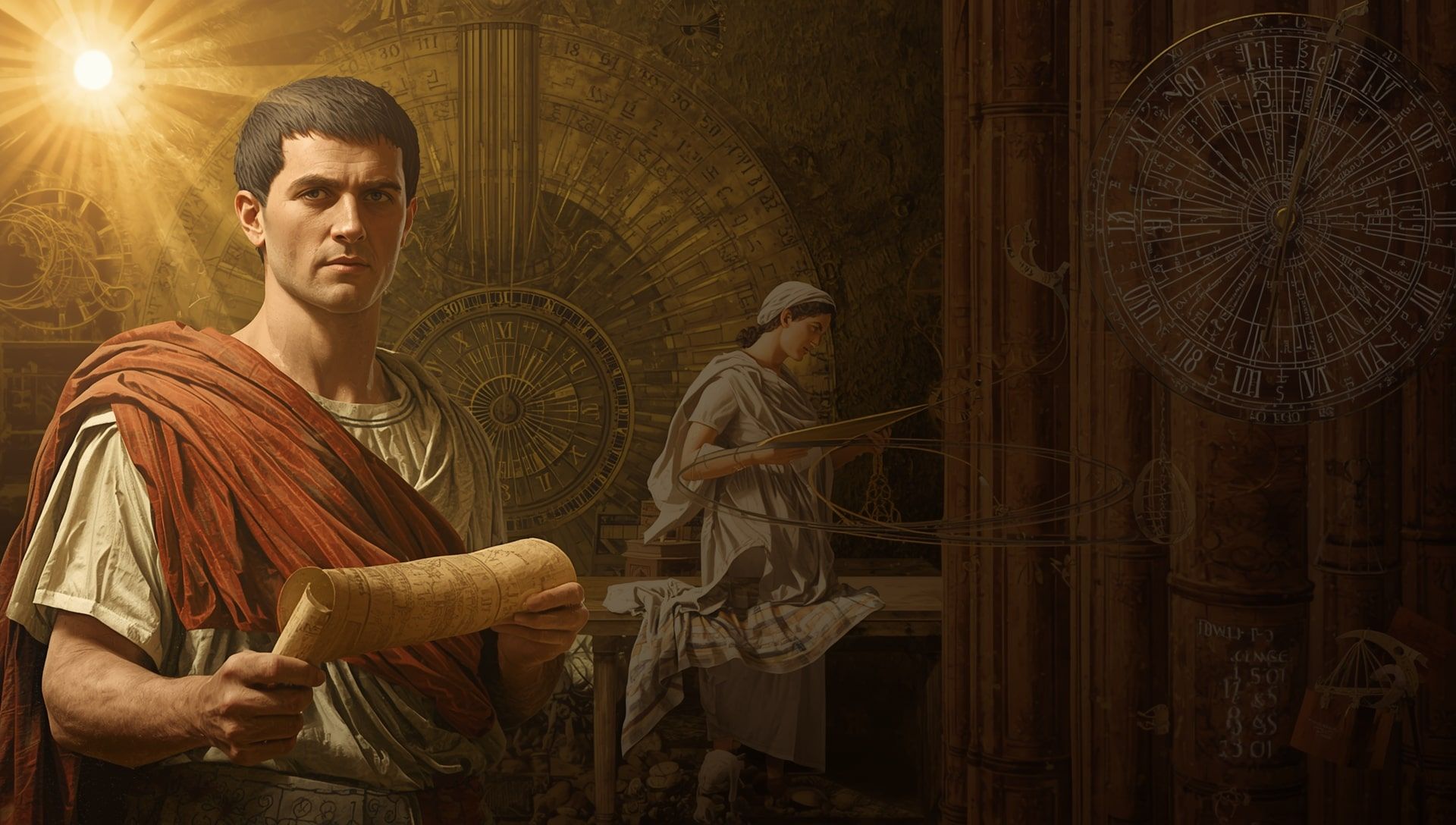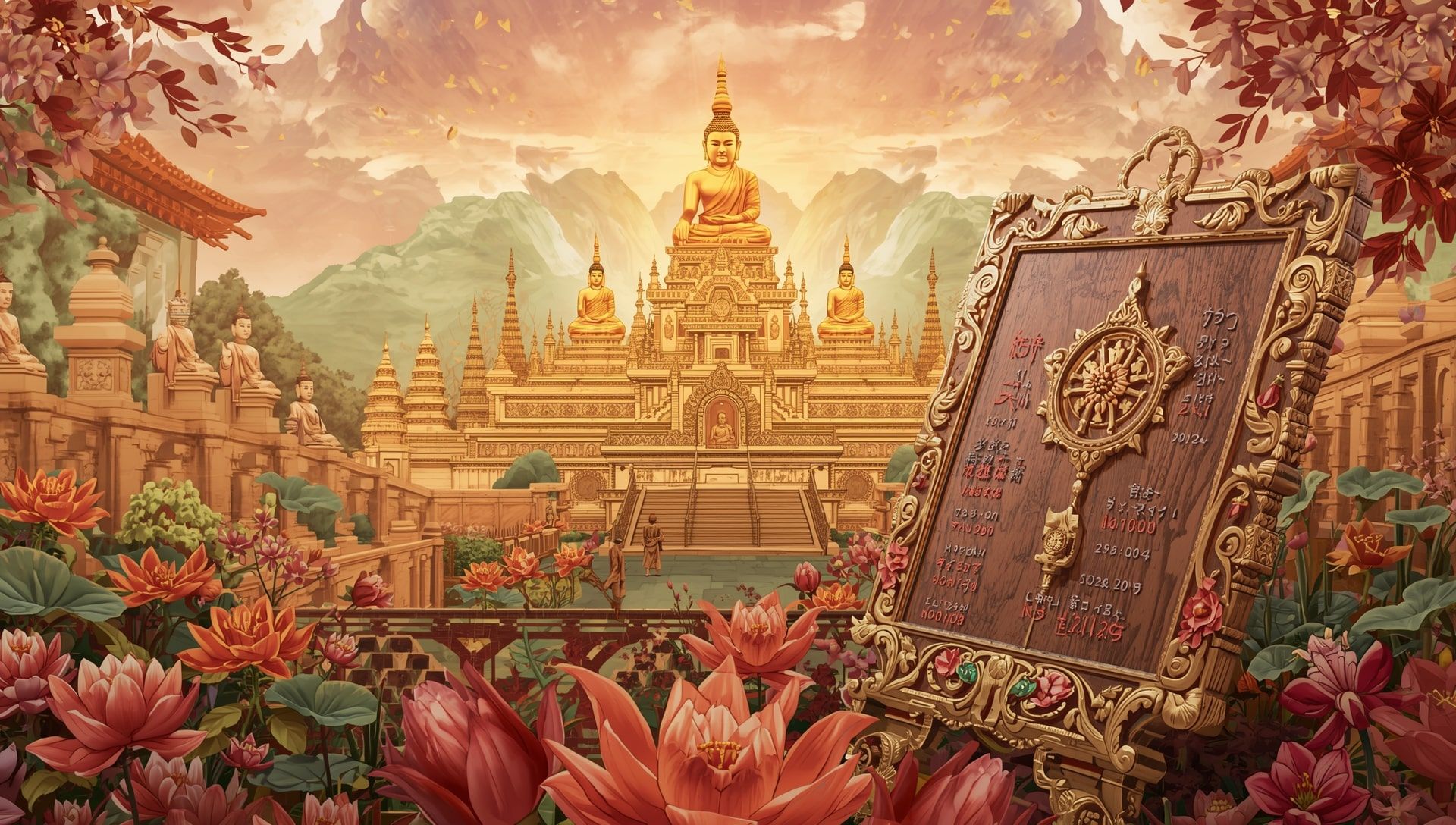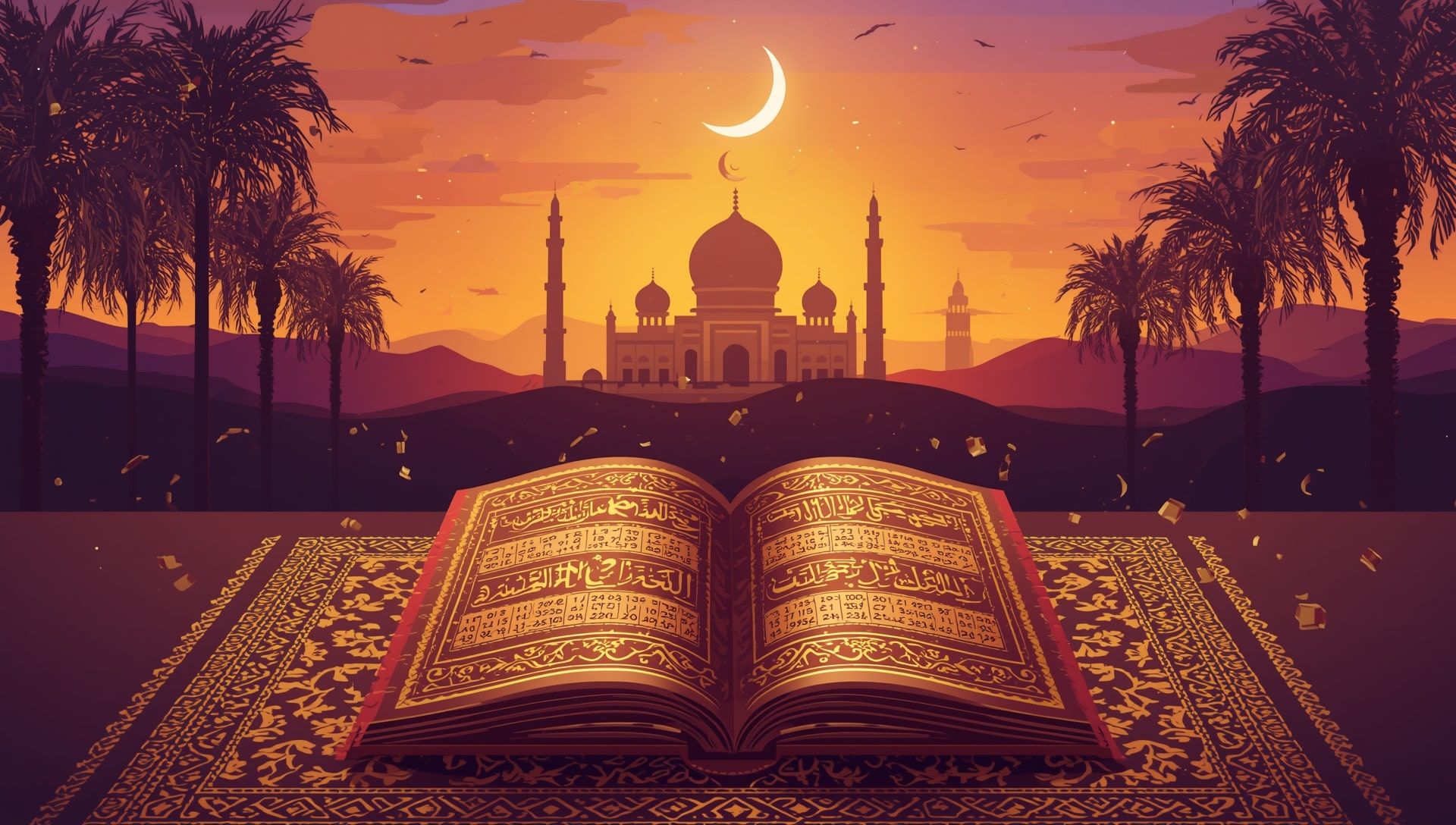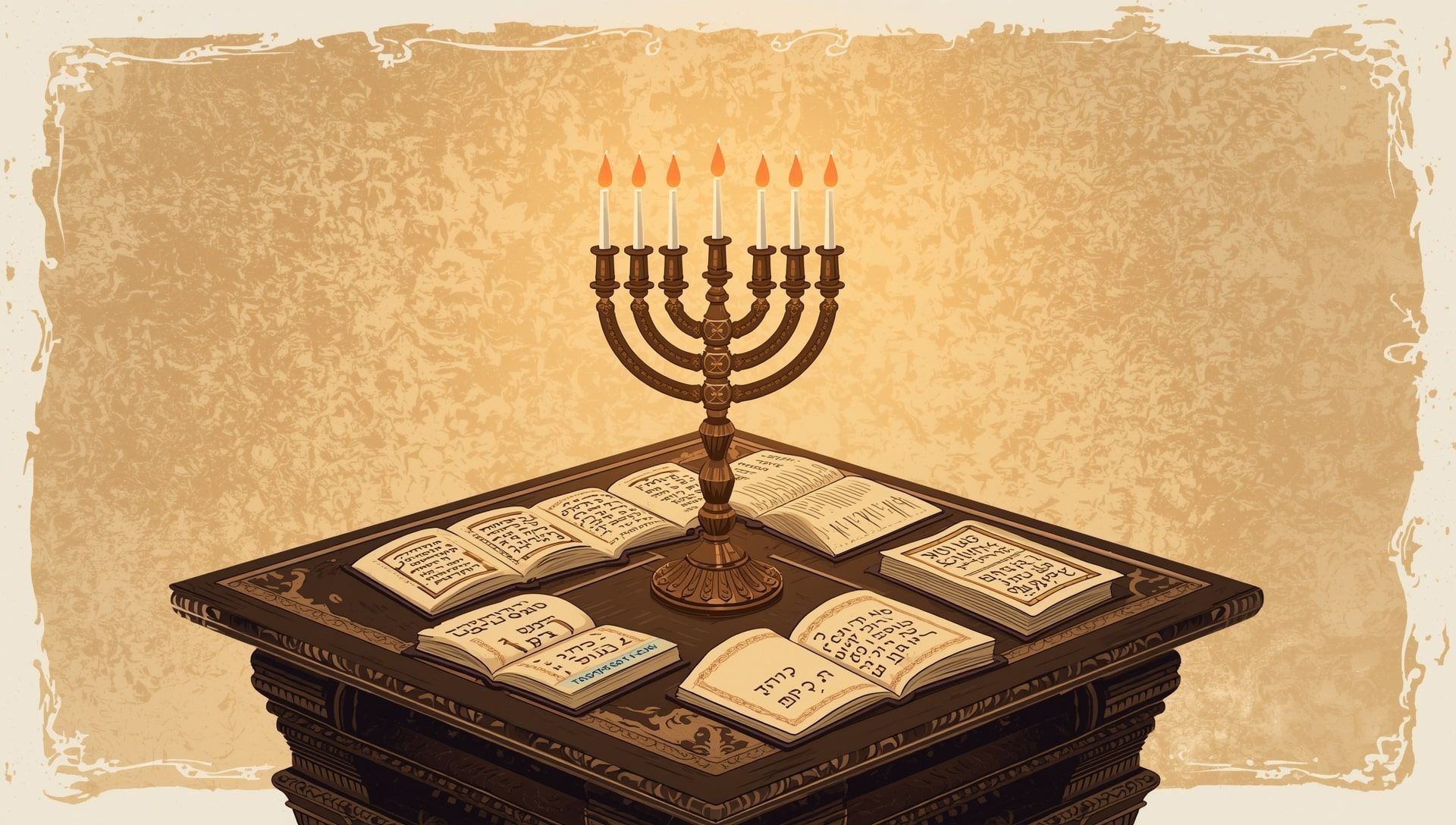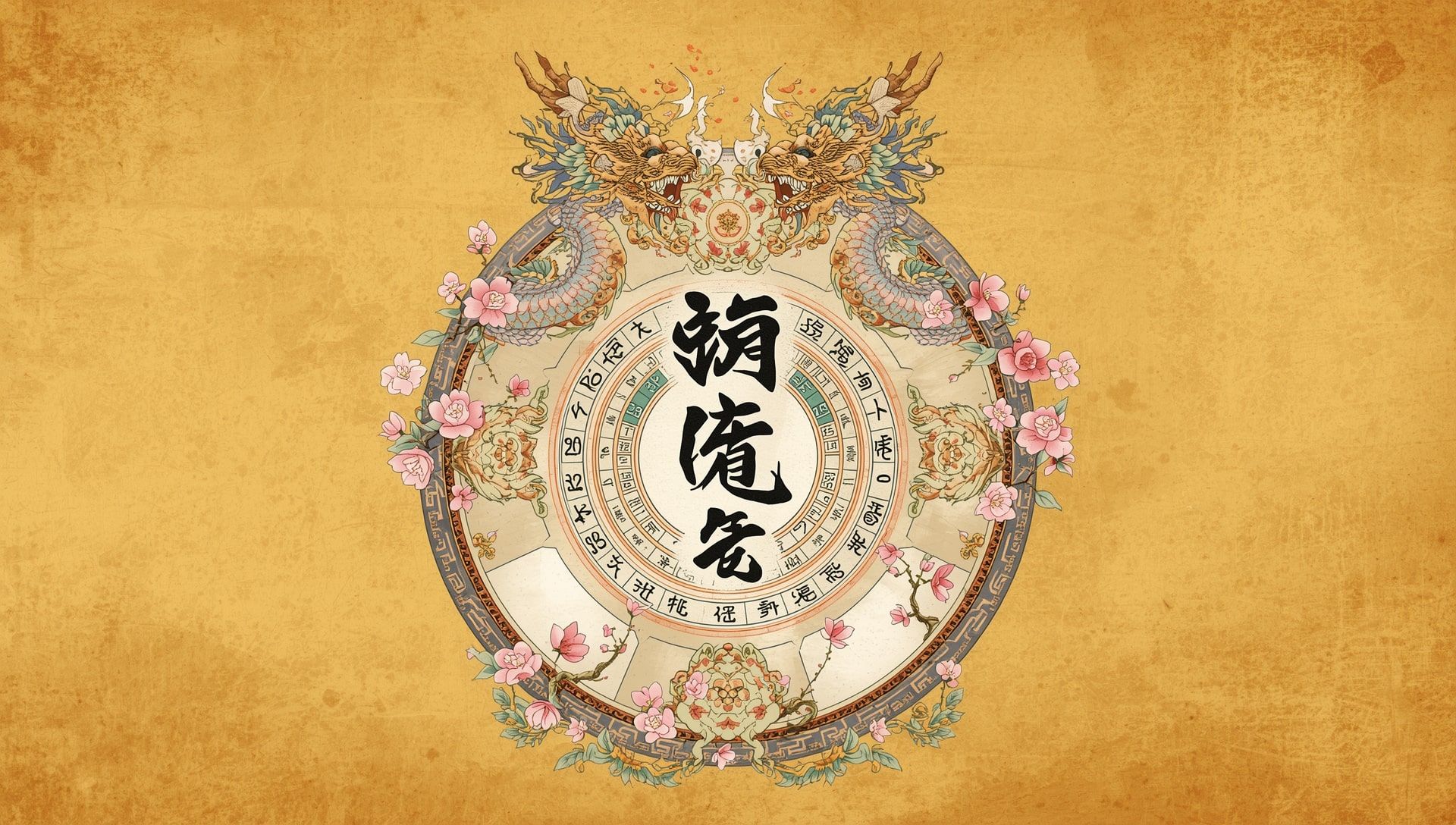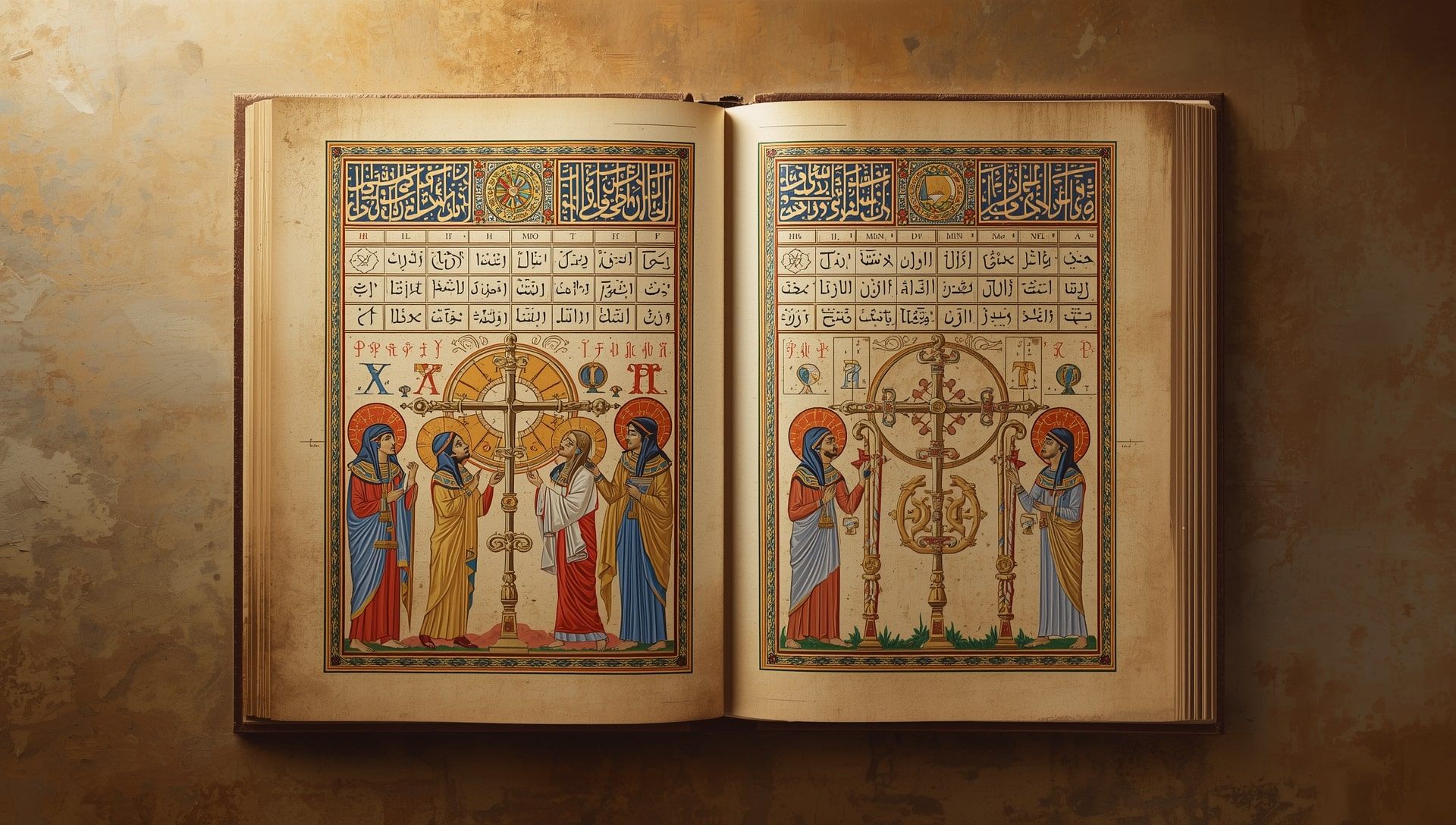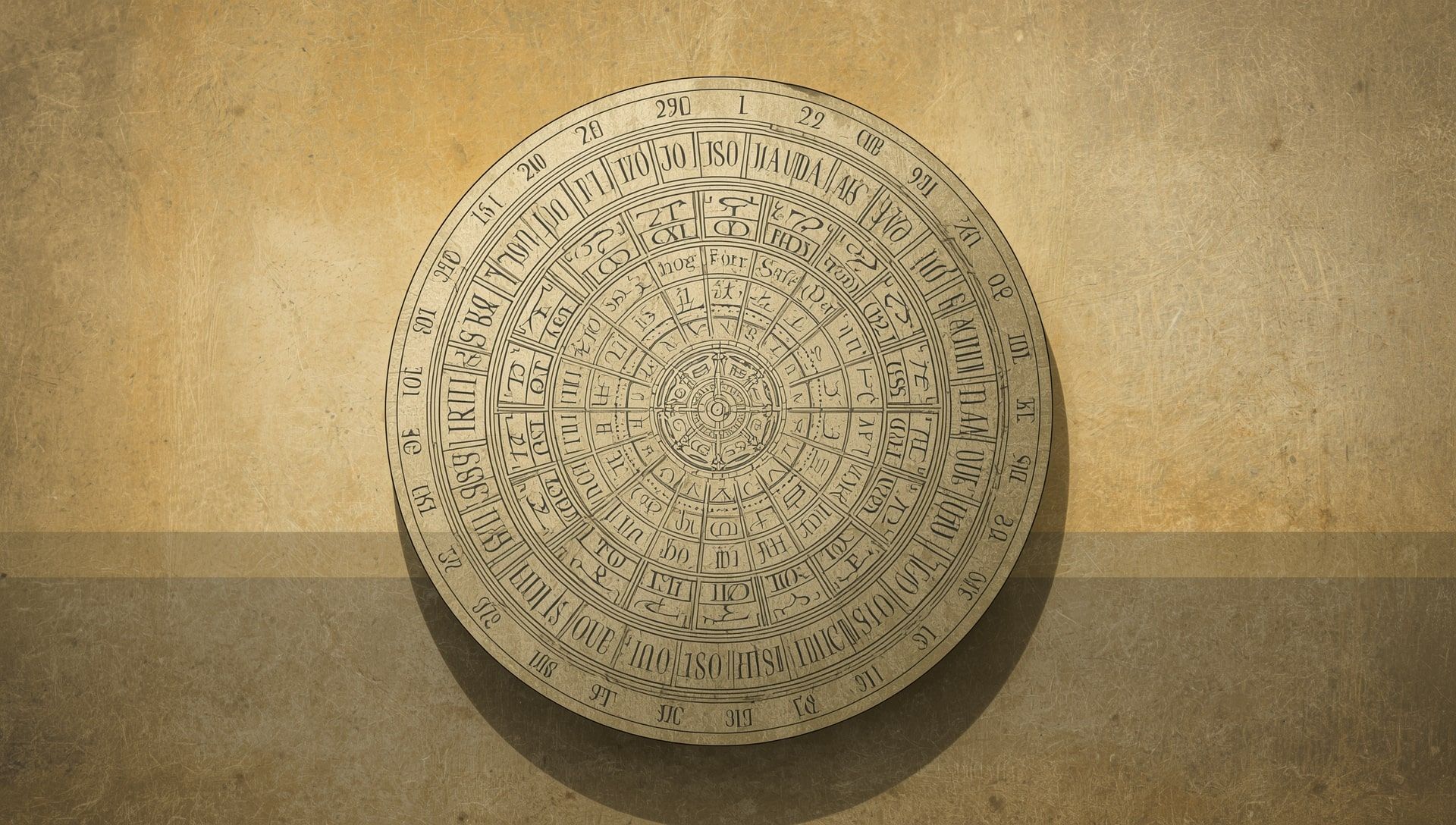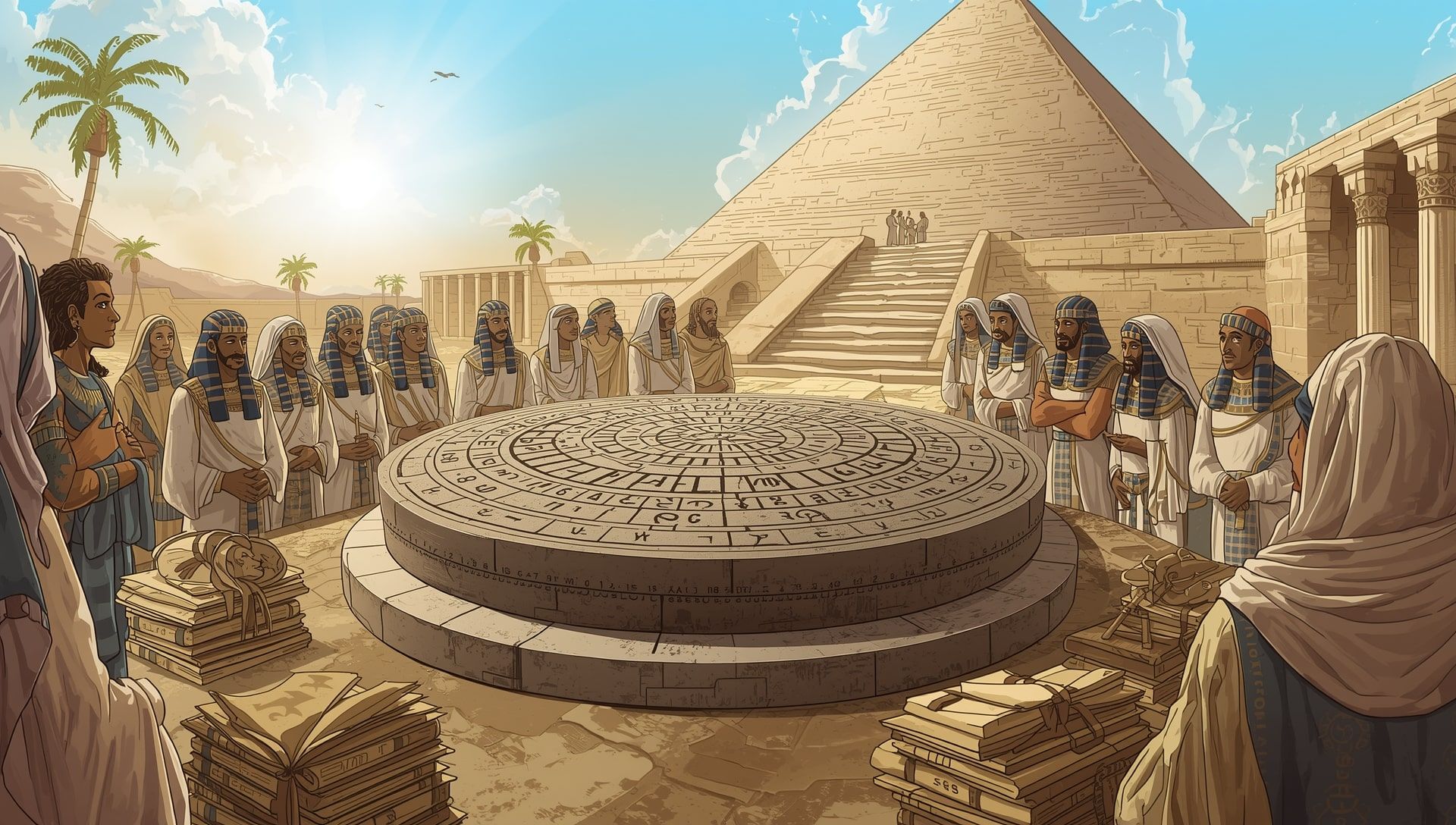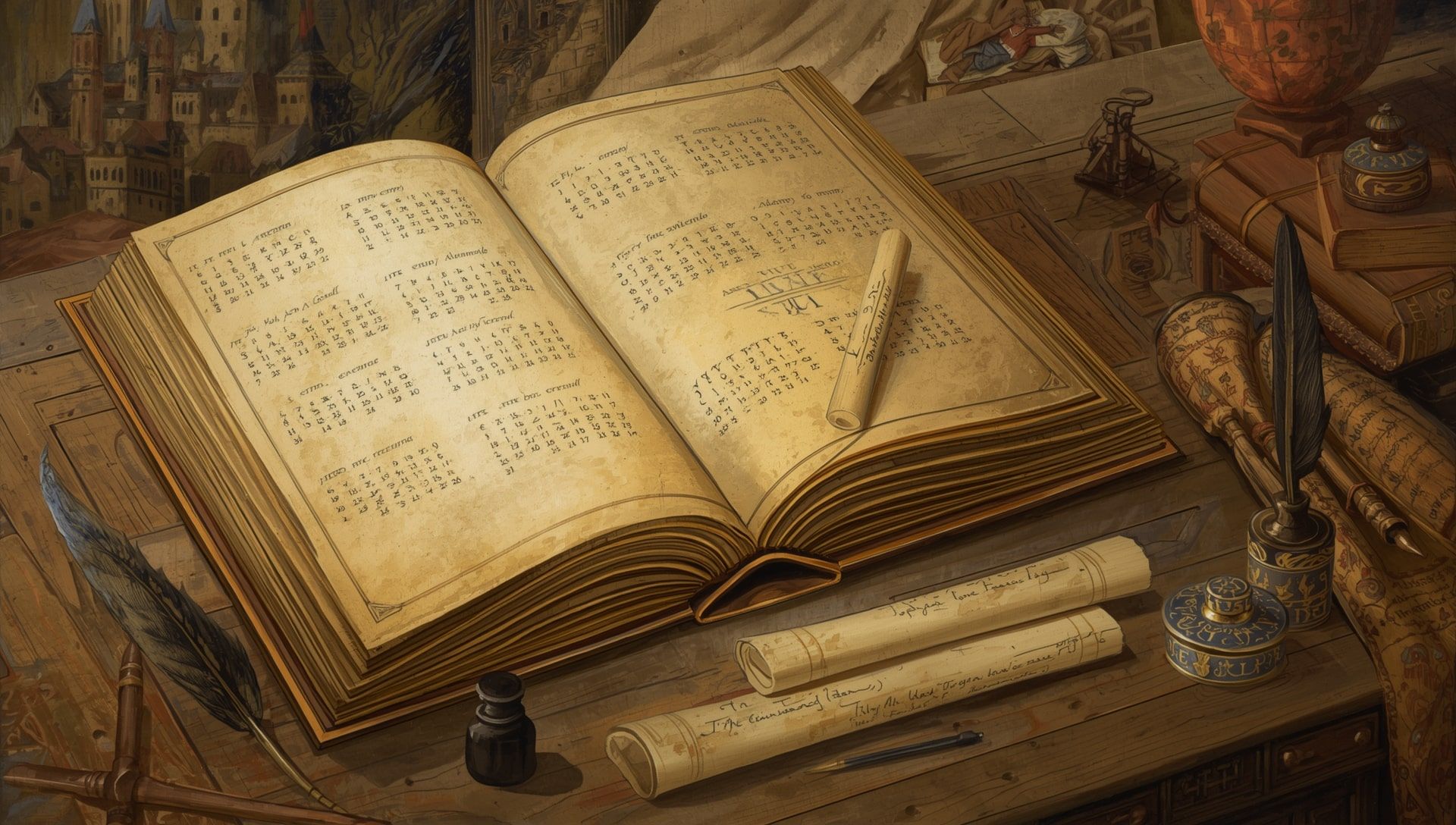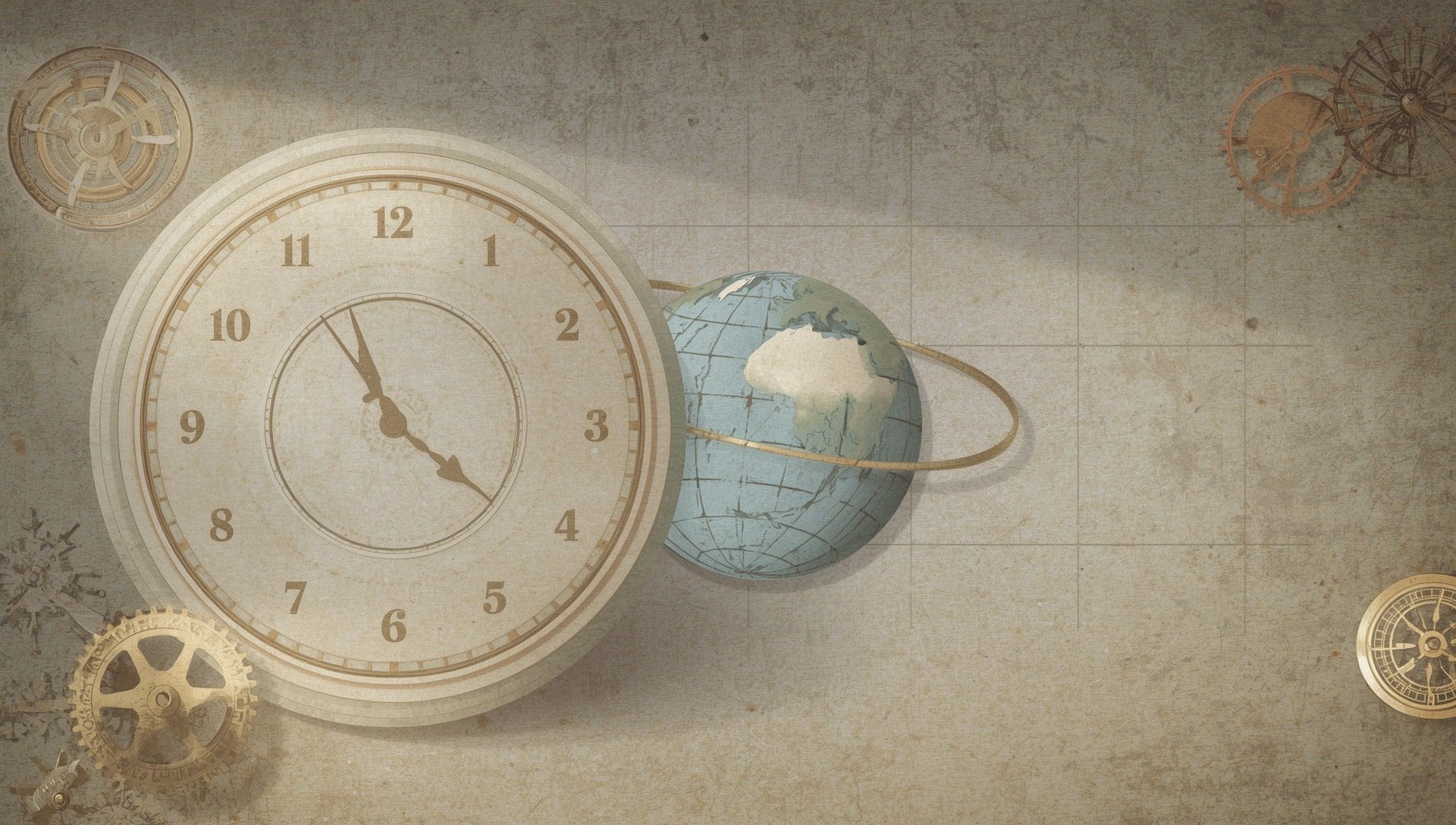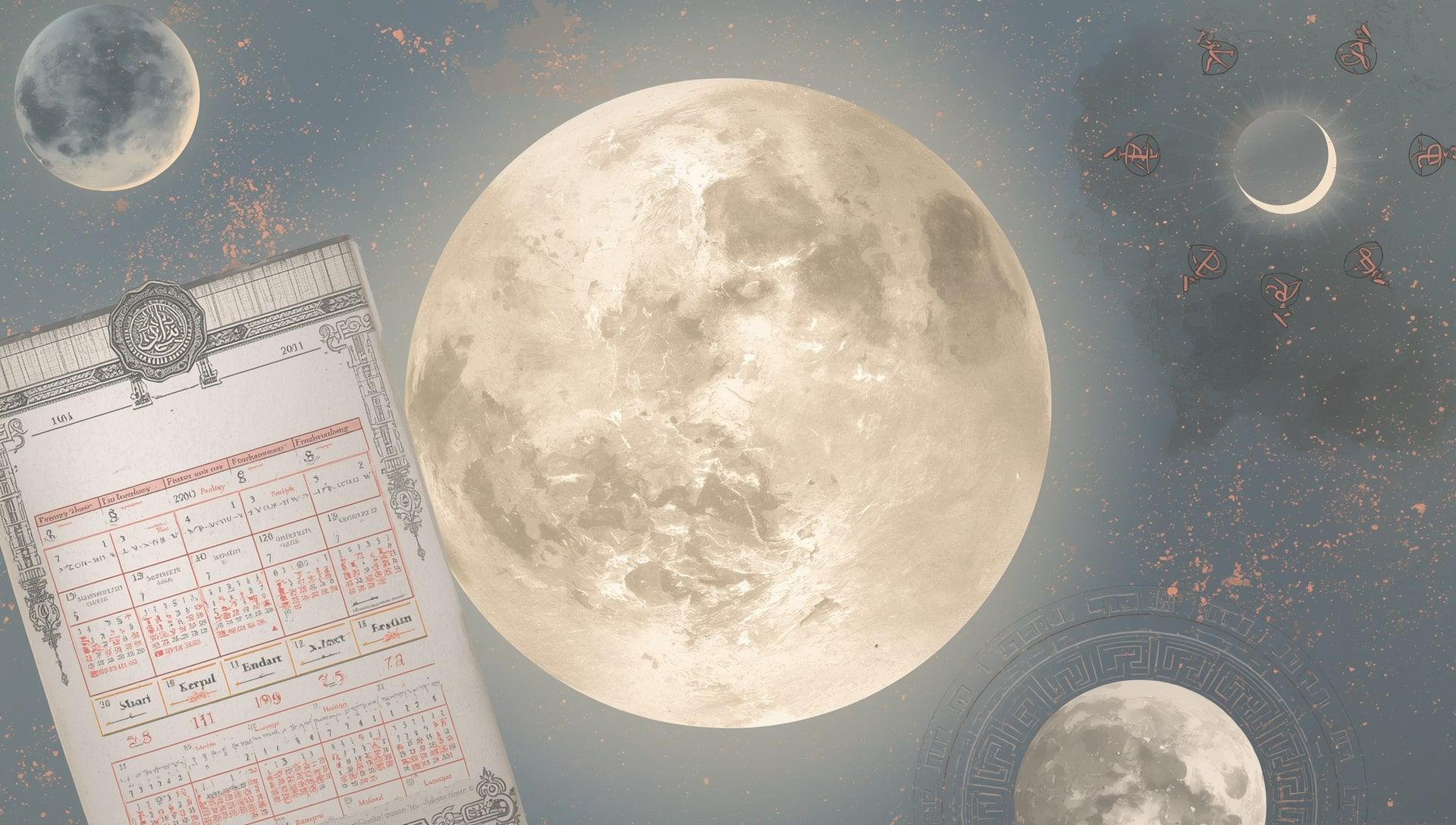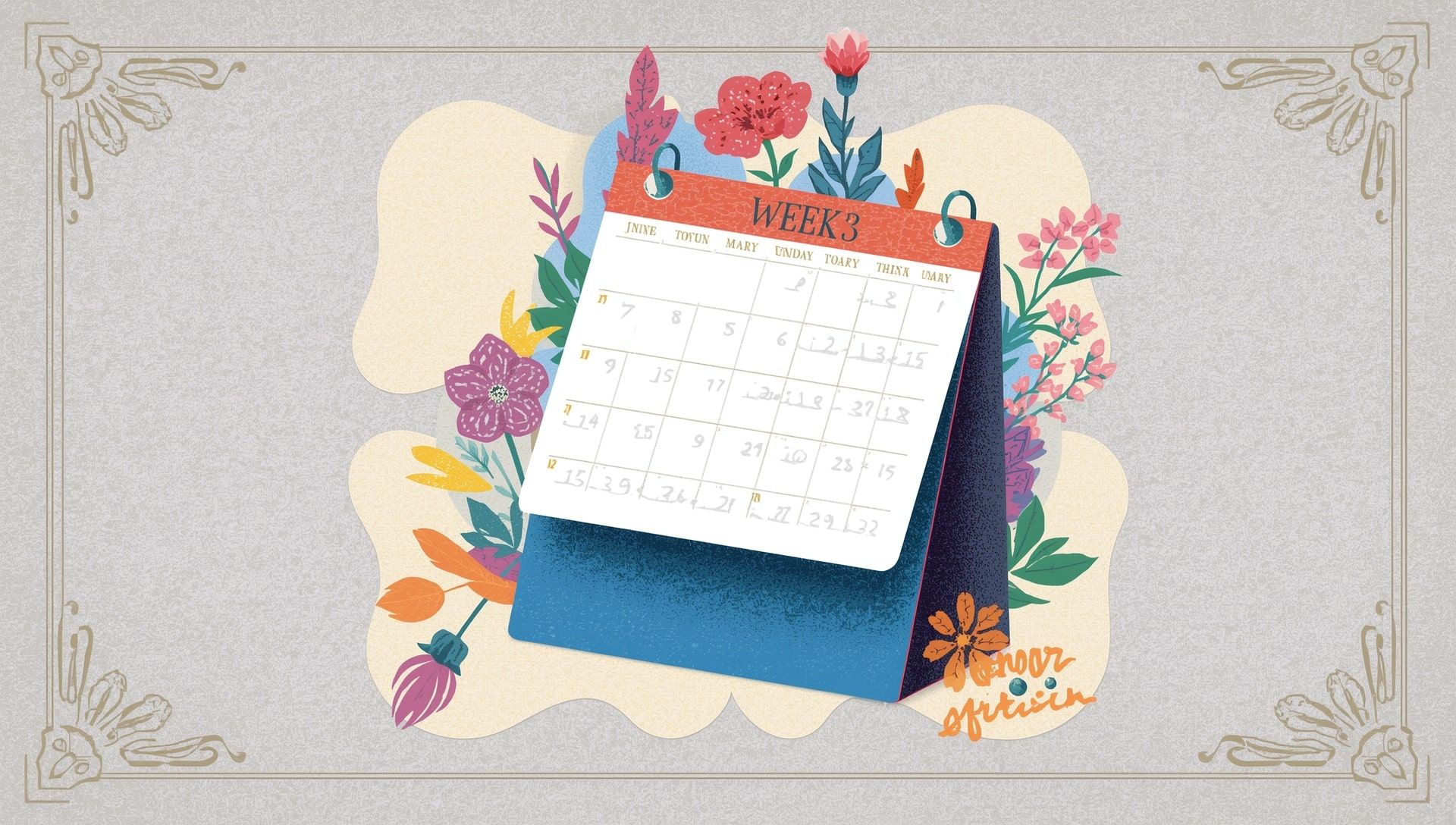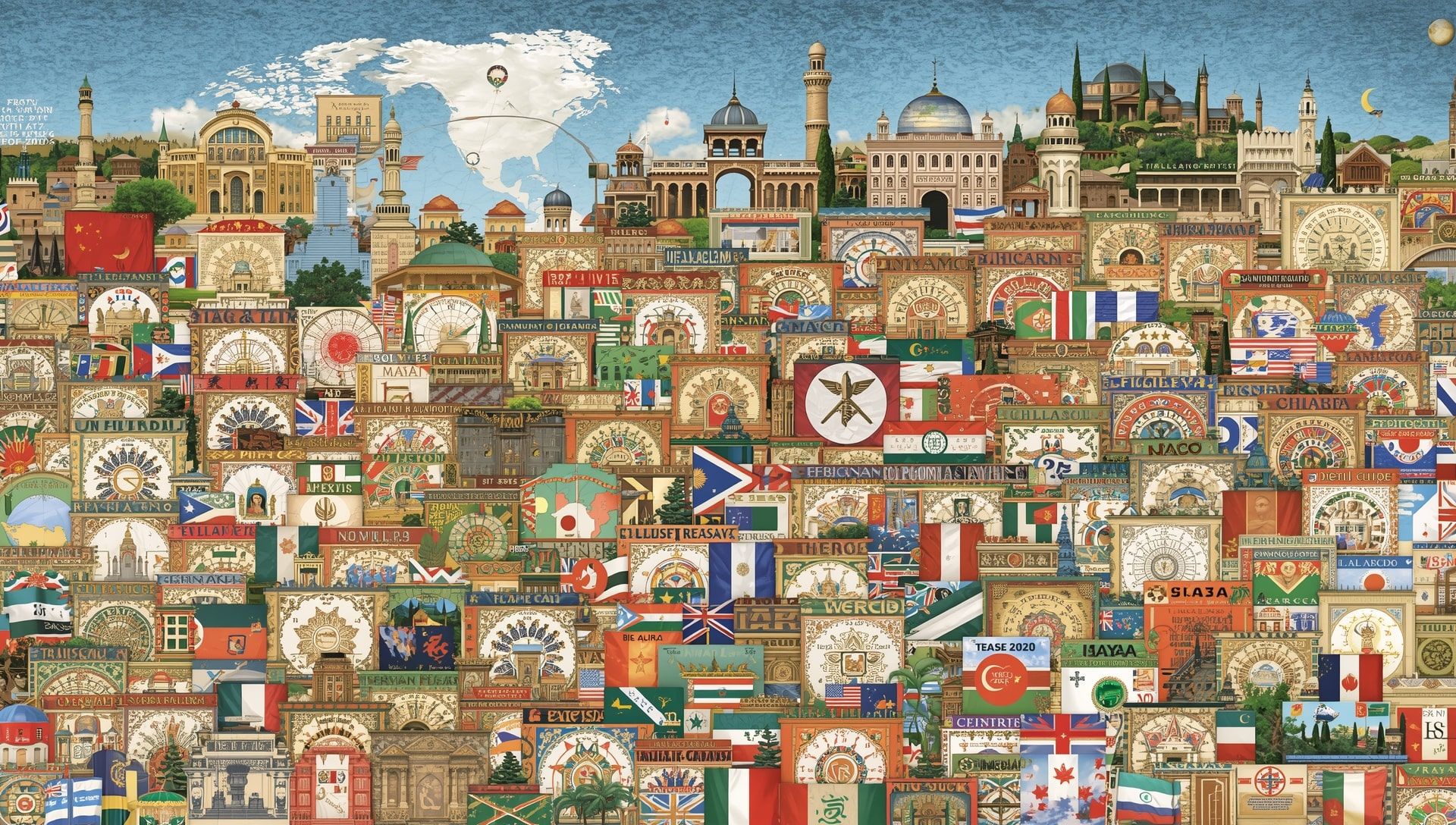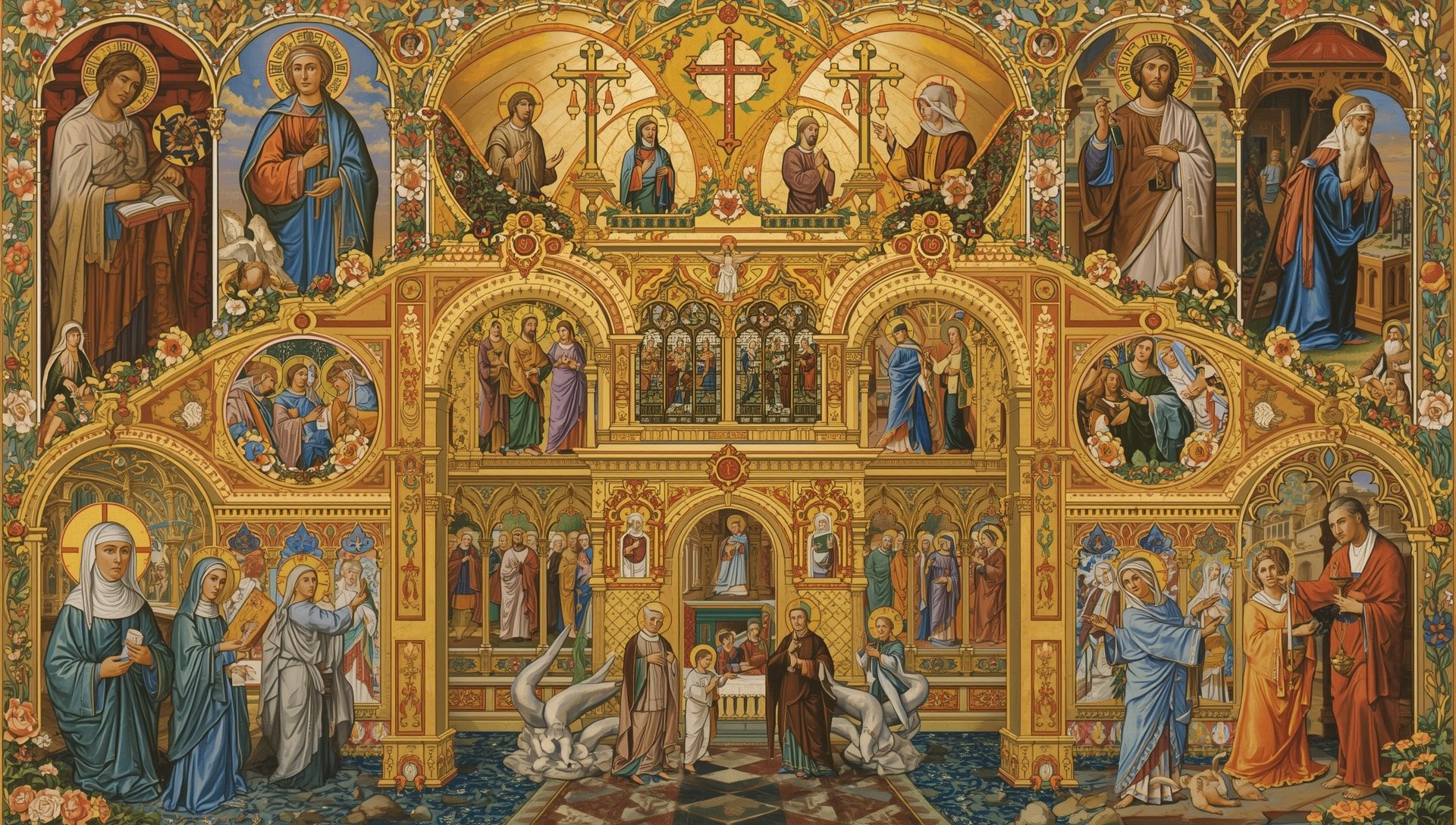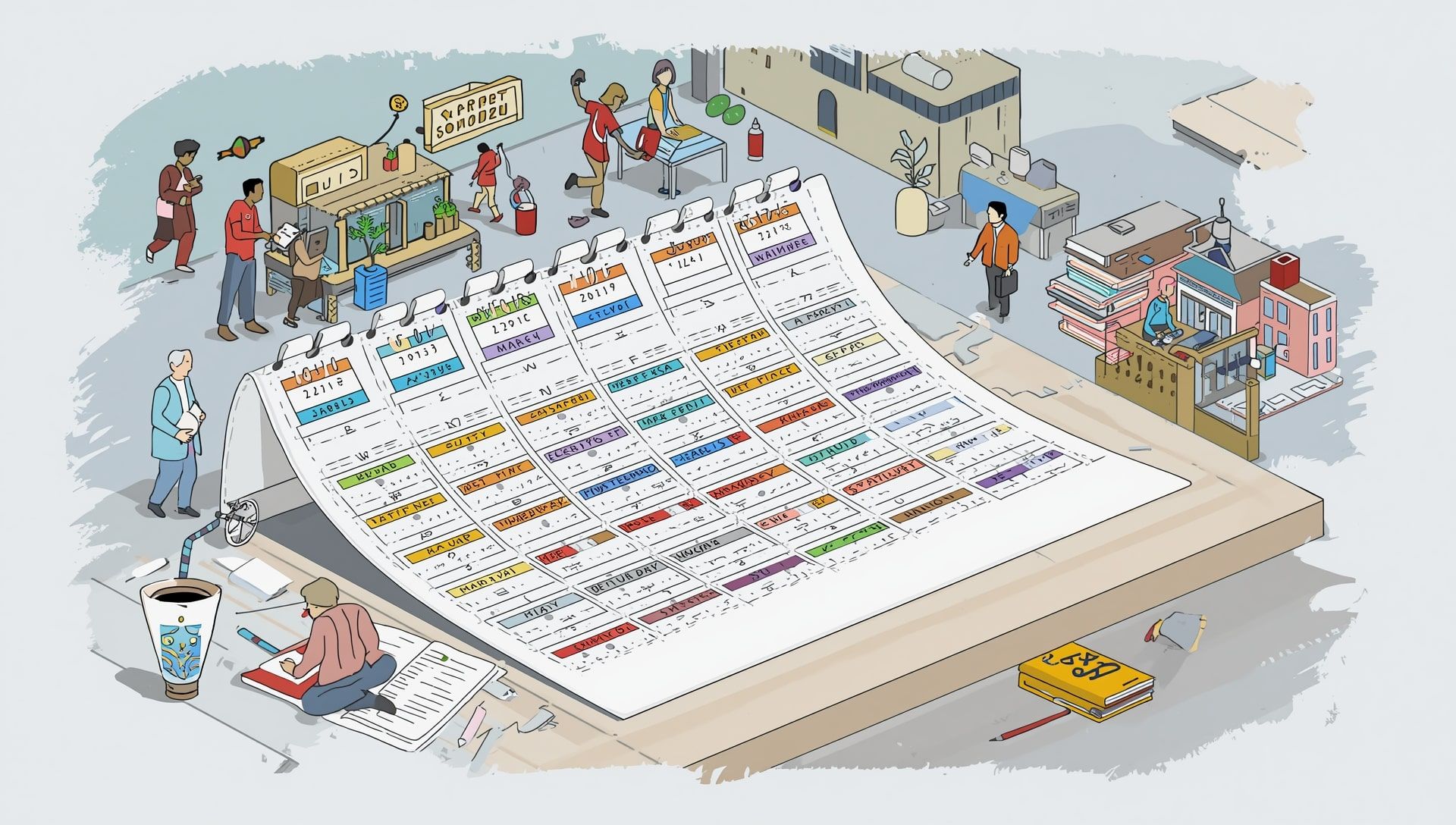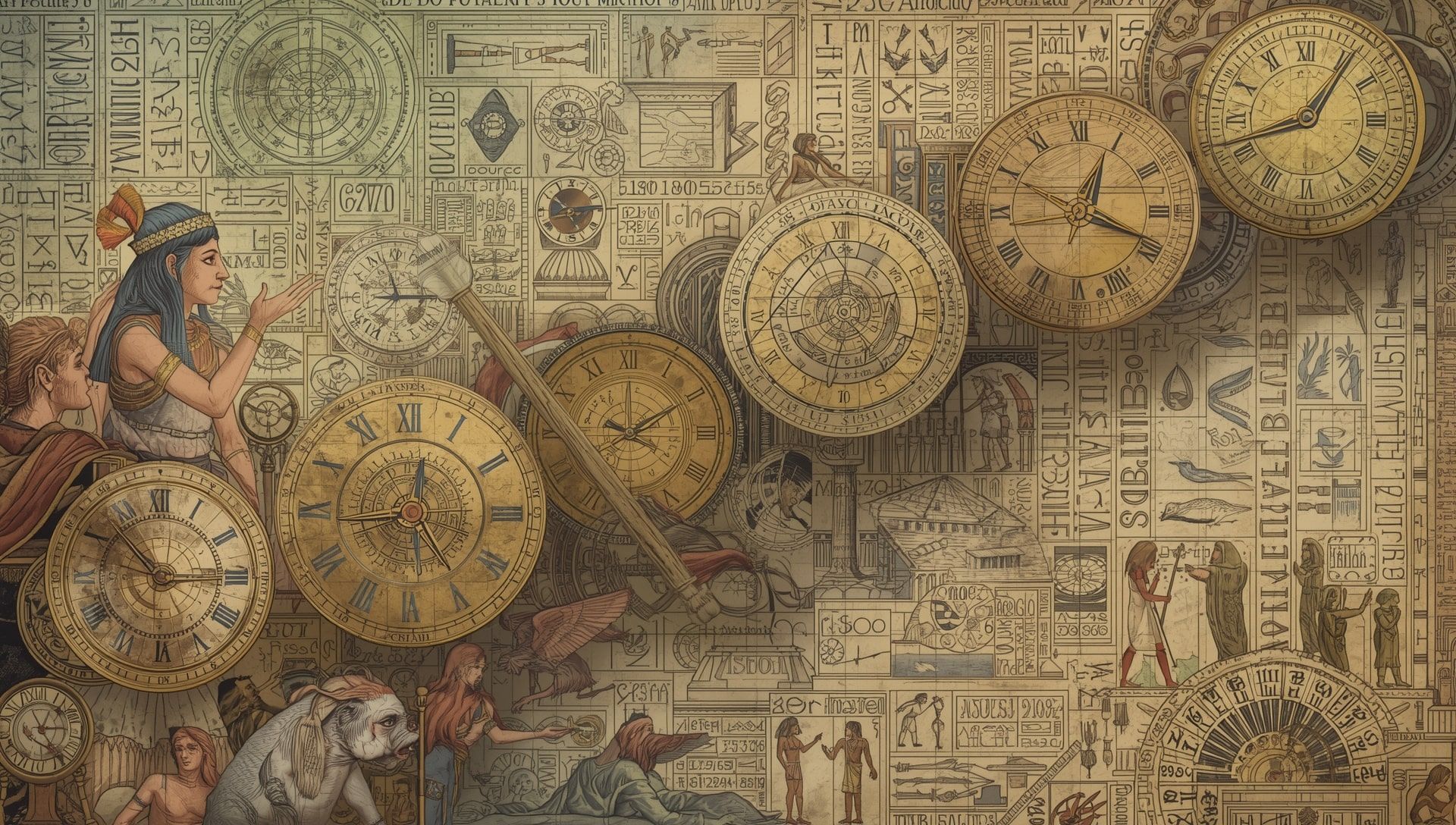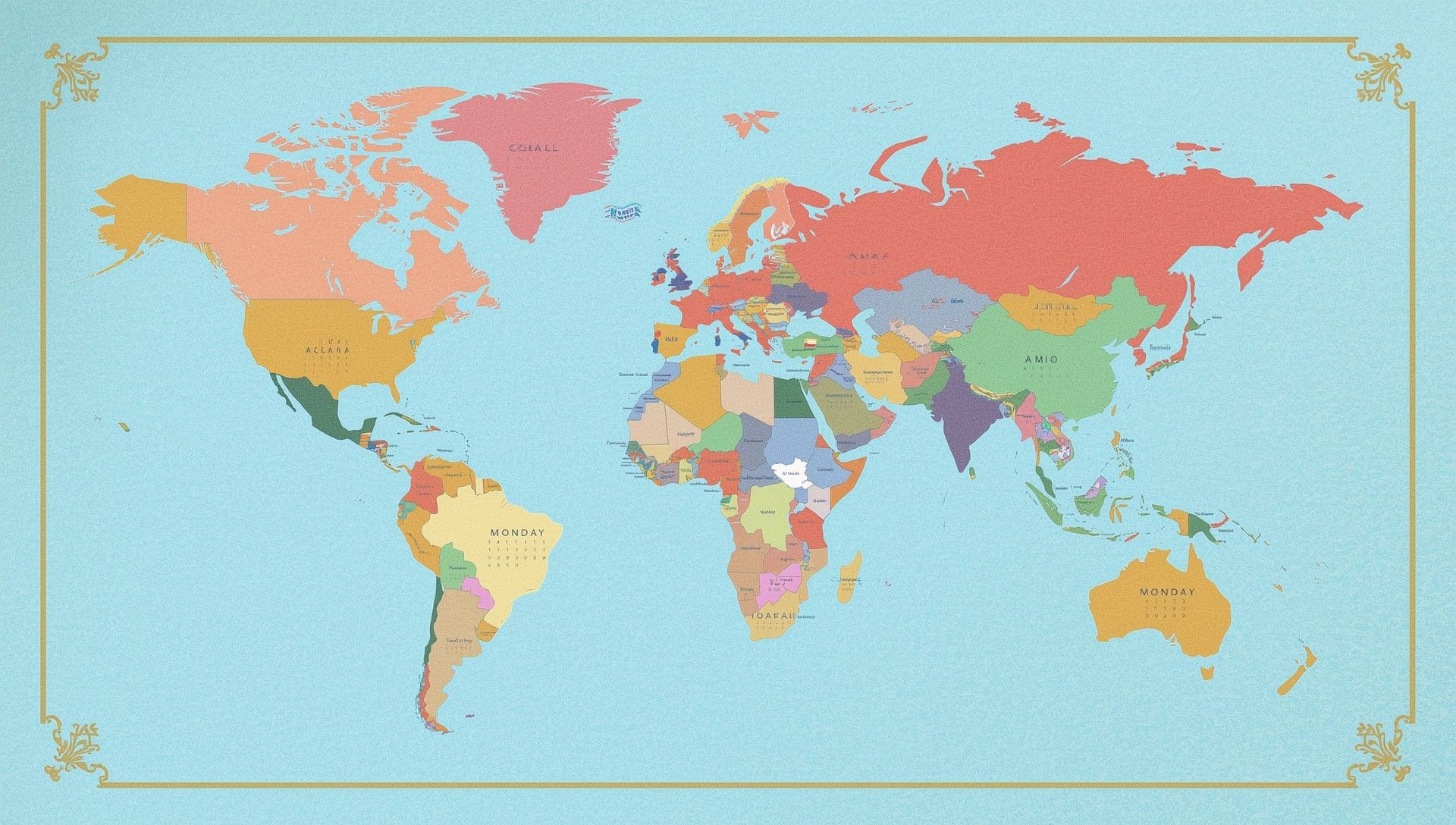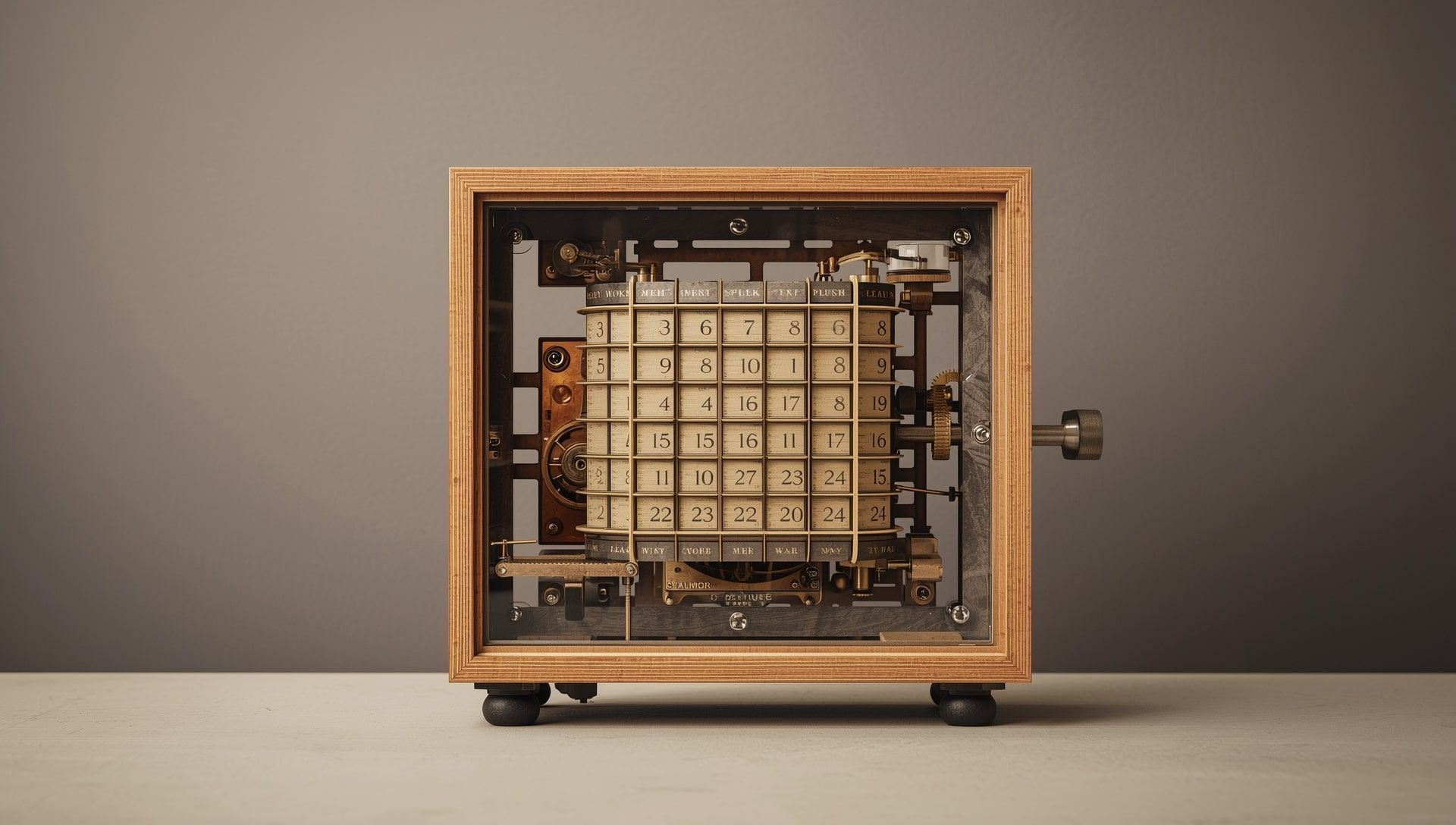Calendars Explained for Everyone Who Plans Their Time
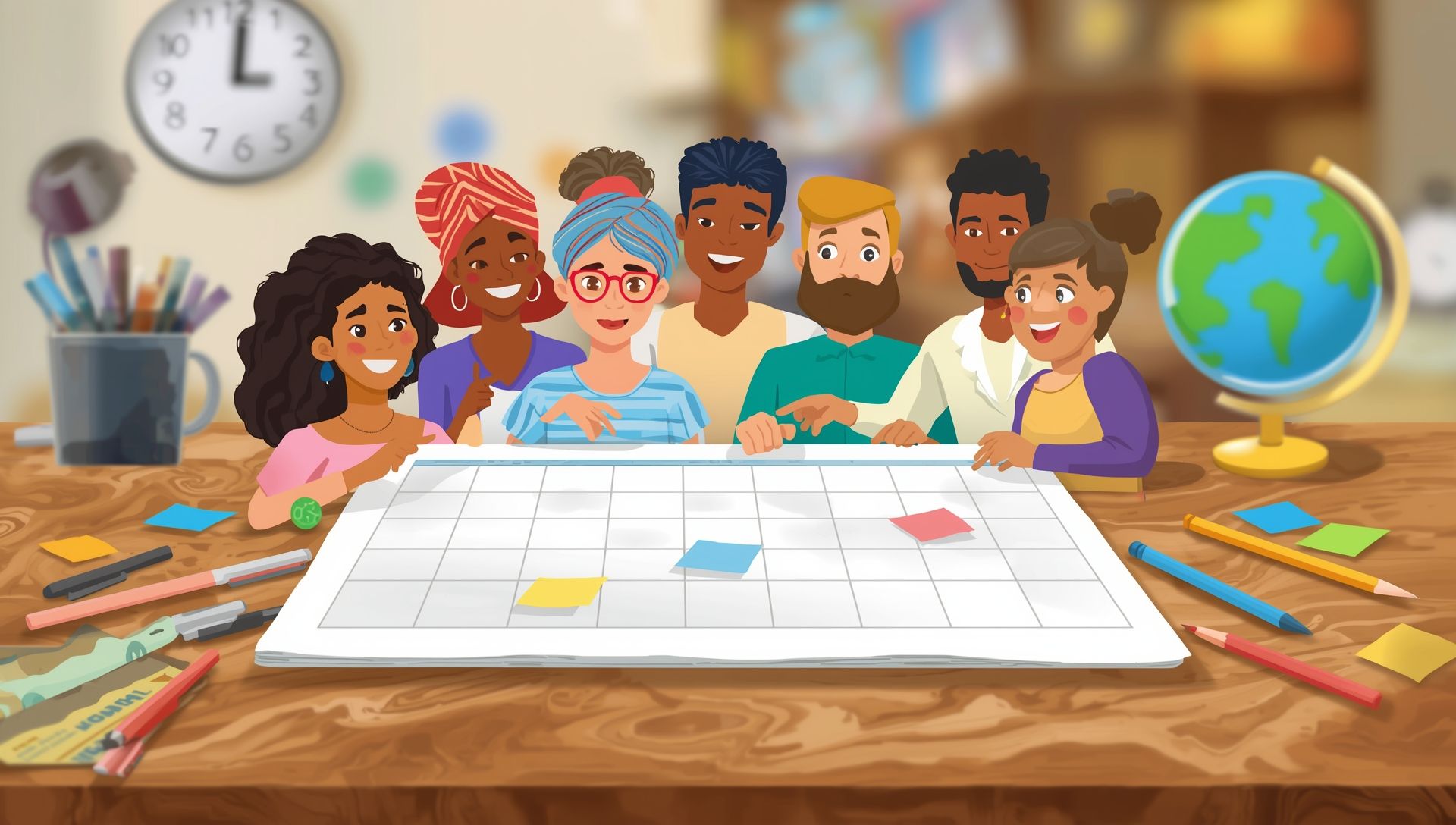
Time feels endless until you try to organize it. That’s when you realize how easily days blur together. Calendars exist to fix that blur. They are the quiet architects of order, giving shape to life’s flow. Whether you rely on a paper planner or a digital app like the online calendar many people use today, every square you fill tells a story about who you are and what you value.
A calendar is more than a tool for scheduling. It’s a shared system for managing time, aligning people, and shaping memories. Understanding how it works, from days to years, helps you use time with clarity instead of chasing it.
From Sky to Schedule: How Calendars Were Born
Before numbers marked months, people looked up. The first calendars came from watching the Sun, Moon, and stars. Ancient farmers needed to know when to plant and harvest. Hunters tracked seasons for migration. Timekeeping began as survival, not science.
The Egyptians based their calendar on the Sun and the flooding of the Nile. The Chinese mixed lunar cycles with solar corrections to keep festivals aligned with the seasons. The Romans tried several versions before Julius Caesar fixed it into the Julian calendar, which Pope Gregory XIII later refined in 1582 to correct drift. That’s the Gregorian calendar most of the world uses today.
When Britain adopted the Gregorian calendar in 1752, people woke up to find that 11 days had vanished. The shift moved September 2 directly to September 14.
The Anatomy of Time: Days, Weeks, Months, and Years
A calendar breaks down time into parts we can manage. Each piece, day, week, month, and year, has a rhythm and meaning built on centuries of culture and astronomy.
The Day: Humanity’s Core Unit of Time
A day starts when the Earth spins once on its axis. Ancient people marked sunrise as renewal and sunset as closure. Our 24-hour division came from the Egyptians, who used sundials and night stars to split day and night into 12 parts each. Even now, that pattern governs everything from world clock settings to body rhythms.
The Week: A Cultural Invention
Unlike the day or year, the week isn’t tied to nature. It’s a social rhythm. The seven-day week began with Babylonian astrologers who honored seven celestial bodies, the Sun, Moon, Mars, Mercury, Jupiter, Venus, and Saturn. Jews adopted it for the Sabbath cycle. Christianity and Islam carried it forward. Today, it rules global work-life patterns, though some calendars once tried five or ten-day weeks before settling on seven. That seven-day structure also explains why the week has endured through centuries of cultural change.
Your week reflects your balance. Treat weekends as essential recovery time, not overflow space for unfinished work. Rest is part of productivity, not the absence of it.
The Month: The Moon’s Gift
Months were the Moon’s contribution to calendars. Each cycle from new moon to new moon lasts about 29.5 days. Early societies built months on this rhythm. That’s why many calendars, including Islamic and Chinese ones, still follow lunar and solar patterns. The Gregorian system adjusted months to fit the solar year, keeping festivals in the right season even if moon cycles don’t align perfectly.
The Year: Our Journey Around the Sun
One trip around the Sun defines a year, 365 days and about 6 hours. Those extra hours add up, which is why we have leap years. Without them, seasons would drift out of sync with the months. A few centuries without correction, and summer would show up in December. Calendars protect us from that chaos, keeping human time and solar time in harmony.
How Cultures Shape Their Calendars
Different societies built different versions of time. Each reflects local needs, beliefs, and cosmic views. Here are a few fascinating examples that show how diverse timekeeping can be:
- Gregorian Calendar: Used by most of the world for civil life, based on solar cycles.
- Islamic Calendar: A purely lunar calendar where months begin with the new crescent Moon. It’s used for religious observances like Ramadan.
- Hebrew Calendar: A lunisolar blend that adds an extra month every few years to stay aligned with the seasons.
- Chinese Calendar: Also lunisolar, combining Moon cycles with solar terms. It determines traditional festivals and the Chinese zodiac celebrations.
- Mayan Calendar: A sophisticated system of interlocking cycles that tracked both ritual time and astronomical events.
Why We Keep Calendars Close
Calendars are more than scheduling tools, they are anchors. They give structure to our goals, mark personal milestones, and create shared rhythms for communities. Without calendars, society would lose coordination. Trains wouldn’t run, schools couldn’t plan, and holidays would vanish into confusion.
Even emotionally, calendars help. They remind us of what’s coming and what’s gone. They build anticipation and help people manage uncertainty. Every time you cross out a date or add a reminder, you’re mapping hope and history together.
| Time Unit | Source | Purpose |
|---|---|---|
| Day | Earth’s rotation | Daily activity rhythm |
| Week | Cultural convention | Work-rest balance |
| Month | Lunar cycle | Organizing social events |
| Year | Earth’s orbit | Seasonal and agricultural planning |
Making a Calendar Work for Real Life
Most people think calendars are for busy executives or planners, but they’re for everyone. The trick is to use them consciously instead of letting them rule you. A calendar should serve your goals, not dictate them.
- Start with intention: Before filling dates, decide what your priorities truly are. A blank square is potential, not emptiness.
- Use themes for days: Assign focus areas like “creative,” “family,” or “errands.” It reduces decision fatigue.
- Batch tasks: Group similar work together. This helps you stay in flow instead of jumping between unrelated items.
- Build in rest: Plan downtime first. Without it, everything else collapses.
- Review weekly: Reflection keeps your time aligned with values instead of drifting toward distraction.
- The seven-day week has survived over 2,000 years with no scientific basis, it persists because it works socially.
- The word “calendar” comes from the Latin calendae, meaning “the first day of the month.”
- Leap years exist because Earth takes about 365.242 days to orbit the Sun.
- The first known calendar, from Scotland, dates back over 10,000 years.
Digital Calendars: The New Timekeepers
Technology has turned calendars into living systems. Time zone tools now sync events globally, sending reminders and merging work with personal life. They allow collaboration, automation, and color-coded clarity. Yet, they can also overwhelm if used without thought.
The danger lies in overfilling. A calendar packed with meetings leaves no space for thinking. Time management is not about squeezing more in, but about protecting space for what matters. The most effective calendar isn’t the busiest, it’s the one that reflects intention.
Schedule thinking time the same way you schedule meetings. Guard it fiercely. A blank slot is not waste, it’s preparation.
The Social Calendar: Shared Time and Human Connection
Calendars also bind communities. Public holidays, cultural festivals, and national events give people collective rhythm. Time becomes a shared language. A festival on the same date each year tells a story that connects generations. Many of these moments can be tracked through an event planner or community schedule that keeps everyone informed.
Shared calendars in workplaces and families keep everyone aligned. They prevent misunderstandings and promote teamwork. But they also highlight diversity, people around the world celebrate time differently, yet the need to mark it is universal.
Our Relationship With Time
To understand calendars is to understand ourselves. They reflect the human urge to find order in change. Every calendar is both scientific and emotional, measuring the heavens while mapping the heart. People don’t just record time, they live within it.
Think about your own use. Do you cram tasks into every corner, or do you leave room for pause? Your schedule quietly reveals your values more than any diary ever could. The pattern of your days becomes the pattern of your life.
Living Well Inside the Calendar
Calendars won’t slow time, but they can make it feel richer. Used wisely, they help you stay grounded amid the rush. The secret isn’t mastering every minute, it’s giving meaning to the minutes you have. Mark birthdays, plan breaks, and celebrate small wins. Those notes on your planner aren’t just plans; they’re proof of living with awareness.
Time passes whether you plan or not. A good calendar doesn’t fight that truth, it helps you dance with it.
